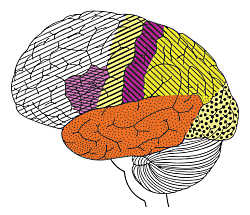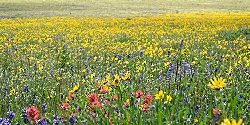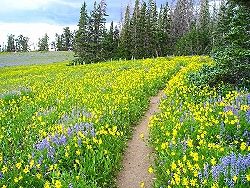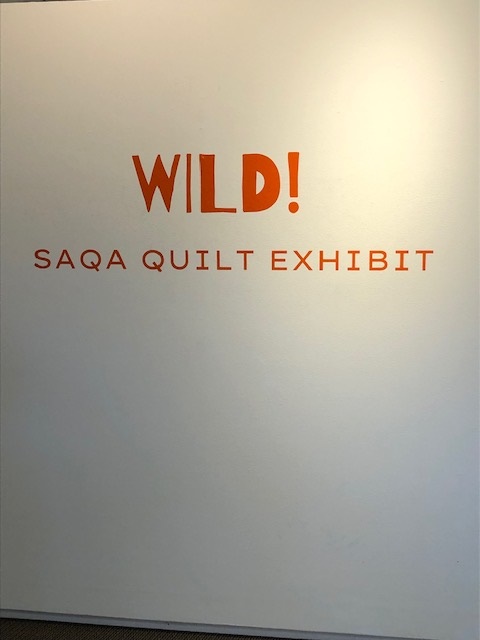
2022 SAQA Quilt Exhibition: WILD!
Brigham City Museum of Art & History
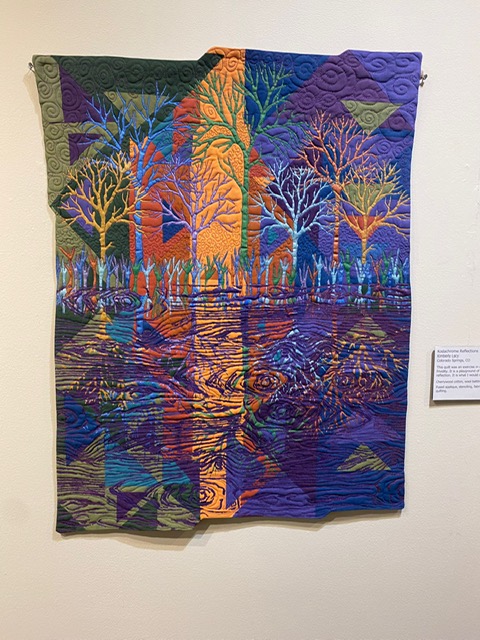 Kodachrome Reflections
Kodachrome Reflections
Quilt Art Copyright Kimberly Lacy
Used By Permission
All Rights Reserved
This Image Courtesy Mary Heers
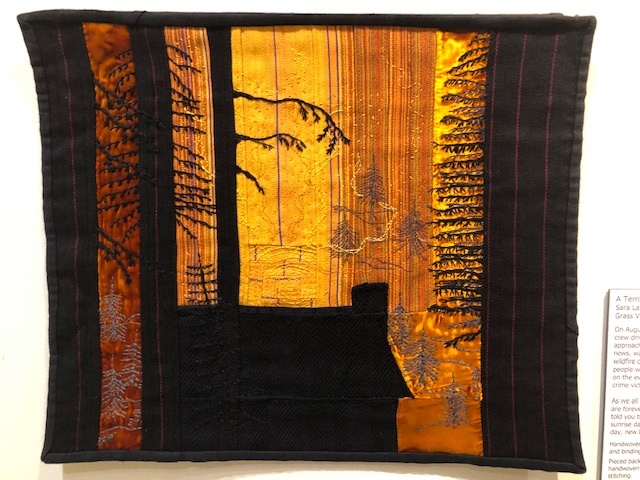 A Terrible Beauty
A Terrible Beauty
Quilt Art & Image Copyright Sara Lamb, Photographer & Quilt Artist
Used By Permission
All Rights Reserved
This Image Courtesy Mary Heers
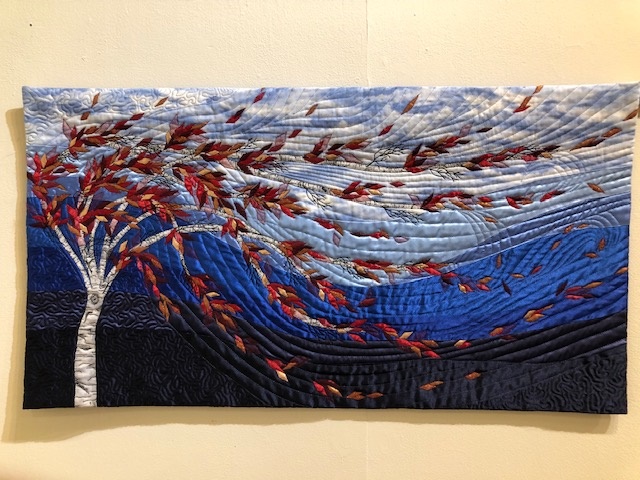 The Untamed Wind
The Untamed Wind
Quilt Art Copyright Jeannette Schoennagel,
Used By Permission
All Rights Reserved
This Image Courtesy Mary HeersOne of the most important lessons I learned during last summer’s long hot afternoons was that the best place to appreciate Utah’s natural beauty can sometimes be inside an art museum.
As I stepped off the blistering hot sidewalk and through the doors of the Brigham City art and history museum, I breathed a sigh of relief. Not too hot, not too cold. Just right. A magical place where I could go inside to commune with nature. I had arrived at “Wild,” a juried quilt exhibit featuring some of the best work of fiber artists in the Intermountain West.
A quick glance around the room and I was immediately drawn to a silhouette of a mountain cabin Sunrise I thought, with the brilliant yellow and orange sky. Each quilt came with a typed note from the artist about the piece. I started to read. This was her cabin in the woods. Then came the shock. She had watched the breaking news on tv as wildfire licked the edges of her cabin and then engulfed it in flames. Suddenly the velvet strip running along the edge of the piece looked red hot. The bits of black yarn hand stitched off the nearby tree practically crackled with heat.
Somewhat cautiously I approached the next quilt. What looked like a kaleidoscope of soft sunset colors on a quiet pond turned out to be just that. I breathed a sigh of relief. The freehand swirling of the stitching made the water ripple. The setting sun bathed the air and water in deepening shades of pink. I actually had to resist the urge to run home, grab my fishing pole, and cast my line into the quilted watery pool.
Making the final turn around the room, I saw the piece I liked the best. Here was a tree with a painted white bark with bits of confetti leaves flying off. The rolling waves of stitching created a windy look that practically breezed through my hair. This piece was festive – the leaves dancing their way from one season into the next.
Fire, water and wind. I had felt the presence of these three cornerstones of the natural world inside this cozy museum.
But before I could get too comfortable, I heard a warning cry from one last artist. Her quilt was a strange patch of peacock blue in the middle of a rubbly hillside. Puzzled, I read her story. She loved to romp with her dog up and down this hillside close to her home. Then the patch of blue appeared. She approached it and discovered it was not an exotic bird. It was a stake driven into the heart of the hill. Within weeks the bulldozers and front end loaders arrived and ripped the earth apart.
As I stepped back into the hot outside world, I shouted out three small cheers for all the art museums that help us savor the natural beauty of our open spaces – and remind us to keep working to preserve them.
This is Mary Heers and I’m Wild about Utah
Credits:
Photos: Courtesy Mary Heers, Thank you to Kimberly Lacy, Sara Lamb and Jeannette Schoennagel for permission to display their artwork on this site and upr.org
Featured Audio: Courtesy & Copyright © Friend Weller, Utah Public Radio upr.org
Text: Mary Heers, https://cca.usu.edu/files/awards/art-and-mary-heers-citation.pdf
Additional Reading: Lyle Bingham, https://bridgerlandaudubon.org/
Additional Reading
Wild About Utah, Mary Heers’ Wild About Utah Postings
2022 Quilt Exhibition: WILD! Brigham City Museum of Art & History, June 25-September 17, 2022https://www.brighamcitymuseum.org/2022quiltshow
Tel:435-226-1439, museum@bcutah.org
Address: 24 North 300 West, Brigham City, UT 84302
International Art Quilt Exhibition and Layered Voices Exhibition, Now Playing Utah, Utah Cultural Alliance, https://www.nowplayingutah.com/event/international-art-quilt-exhibition-and-layered-voices-exhibition/
WILD! (SAQA Regional), Studio Art Quilt Associates, Inc, Jun 25, 2022-Sep 17, 2022, https://www.saqa.com/art/exhibitions/wild-saqa-regional
View WILD! on ISSUU, Jun 20, 2022, https://issuu.com/saqaart/docs/wildfilp1-compressed/
Dunetts, LaVonne M, Wild!: SAQA CO/UT/WY, May 31, 2022, https://www.amazon.com/Wild-SAQA-CO-UT-WY/dp/B0B2WLQG4C/ref=sr_1_1?
Brigham City Museum of Art & History on FaceBook: https://www.facebook.com/BrighamCityMuseum/



